Zermatt Leek Seeds
$7.50 Original price was: $7.50.$3.10Current price is: $3.10.
In stock
The Best for Baby Leeks!
Rust-resistant and simply delicious
Genus: Allium
Species: porrum
Variety: Zermatt
Item Form: (P) Pkt of 100 seeds
Fruit Color: Green
Habit: Upright
Seeds Per Pack: 100
Additional Characteristics: Cool Season, Cut-and-Come-Again, Direct Sow, Easy Care Plants, Edible, Season Extenders
Foliage Color: Medium Green
Harvest Season: Early Fall, Early Summer, Early Winter, Late Fall, Late Summer, Mid Fall, Mid Summer
Light Requirements: Full Sun
Moisture Requirements: Moist, well-drained
Resistance: Rust
Soil Tolerance: Normal, loamy, Sandy
Uses: Beds, Containers, Cuisine, Outdoor, Winter Interest
42 days after transplanting for baby leeks; 84 days for full-sized leeks.
It’s no exaggeration to say that when you plant Zermatt, you simply can’t go wrong. This leek is versatile, easy to grow, disease-resistant, and delicious. Whether you want a bumper crop of baby leeks, a long season of full-flavored leeks, or a late crop of tasty frost-tinged leeks ready for Thanksgiving, Zermatt is the one to rely upon!
Zermatt is a Swiss Giant type, but instead of maturing in early midseason, as most do, it’s ready early in leek season. Start the seeds indoors (recommended) and harvest baby leeks in just 6 weeks from spring transplant. And by sowing the seed successively from March through May, you can still be enjoying mature leeks fresh from the garden in your autumn soups and stews! If you live in a climates that’s relatively free of frost (though light frost won’t hurt Zermatt), there’s no reason why you shouldn’t keep the harvest going through Christmas and into the new year.
This leek is rigidly upright, with stiff outstretched leaves (“flags”) of mid-green. The shaft is long, bringing you extra bites from every plant, and the plant is rust-resistant, making it a good choice for gardens where that has been a problem in the past. It stores well after harvest, remaining fresh in the refrigerator up to a month . . . But there is nothing like the fresh, intense flavor of a just-picked Zermatt to liven up a dish!
You may wonder why baby leeks are popular, when spring onions would appear to fulfill the same need. In truth, baby leeks have a milder flavor and a more resilient texture, holding up better when cooked.
Zermatt is easy to grow, but preparation is the key. Like all leeks, it is a heavy feeder, so prepare the soil with plenty of manure and humus before planting. Heavy soils are tolerated, but lighter are preferred. And the drainage must be good.
Start the seeds indoors 12 to 14 weeks before the last scheduled spring frost in your area, sowing them 1/4-inch deep and covering lightly with vermiculite. Keep the seeds at about 70 degrees F until germination, then place them beneath grow lights or in a bright window. The seedlings will look like stalks of grass as they emerge.
When the seedlings are about 6 inches high, trim the top 2 inches off and continue to grow them on. They are ready to transplant when their stems are about the diameter of a pencil.
Transplant them in rows 18 inches apart, with each seedling about 10 inches apart. Place each seedling into a 6-inch-deep hole that is larger in diameter than the seedling. (Use the slender handle of a garden tool for quick, uniform planting holes.) The young plants will be nearly all below the soil line, which is important to help the stems blanch. But here’s the trick: do not refill the hole with soil. Instead, water it in thoroughly and move on.
Within a week or two, the holes will have naturally filled back with soil, and as the plants grow, you may want to mound soil around their bases, extending the blanching process. (Don’t get carried away, though; if you bury the stem too firmly or too deeply, it could rot the plant.)
You can also direct-sow the seeds in spring, but the plants will probably be smaller. If you do this, follow the same instructions for sowing and pruning the young plants. You may want to place the seeds closer together and then thin the young plants at about 6 inches high. The thinnings make nice additions to soups and stews!
When it’s time to harvest the leek, bear in mind that the plants have grown very close together and the roots may be intertwined. Work the stem and root upwards with a fork and gently pat the soil back in place around plants you are NOT harvesting.
Leeks are delicious in so many dishes, and growing them is a snap. They make nice neighbors for your tomatoes, too! Give Zermatt a try this season. Pkt is 100 seeds.
| Weight | 1 kg |
|---|---|
| Dimensions | 1 × 1 × 1 cm |
Be the first to review “Zermatt Leek Seeds” Cancel reply
Shipping is an additional 15-29 business days depending on location. Shipping time will be provided at checkout.
Returns
If seeds fail to leave China, we will refund your payment 100%. But if seeds fail to reach you due to customs problem on your side which we were not informed in advance, we will not be able to bear any loss, and no refund will be made.
We sell only viable plants seeds online, and test germination of our seeds from time to time. So we will not be able to refund for seeds that clients fail to germinate, unless we are convinced that it's truly problem of our seeds.
———
Please send us an email: [email protected] and be as detailed as possible while filling in the information.
After submission, We will reply to you within 24 hours. Please be patient.
———
CHARGEBACKS & DISPUTES
Please contact us by email before opening a merchant chargeback or payment dispute, as we can generally resolve the issue before that takes place. Any chargebacks and disputes disable our ability to issue refunds or credits due to funds being frozen.
———
REFUND, EXCHANGE AND RETURN
Customers have the right to request a refund/ return/ exchange within 14 days from the delivery date. Our Customer Service team will offer the best solutions for specific situations.


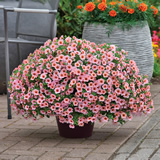
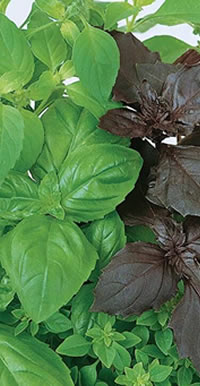
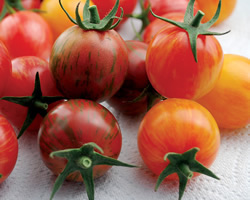
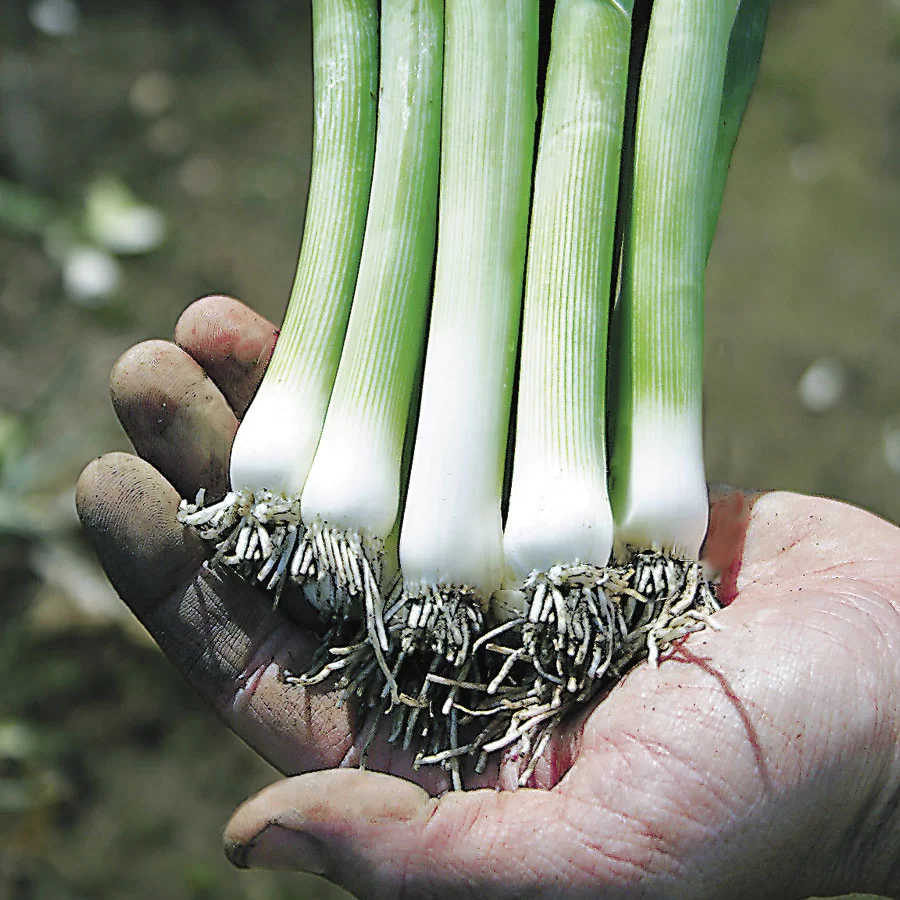
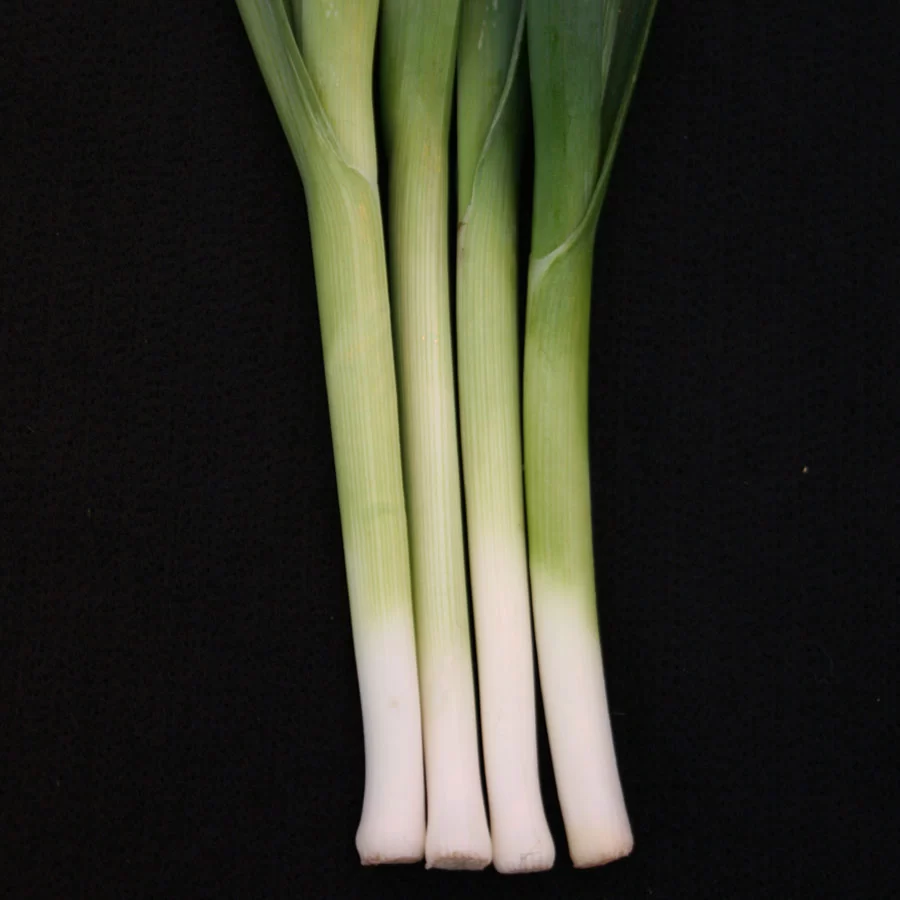
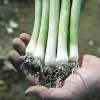
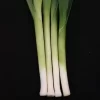
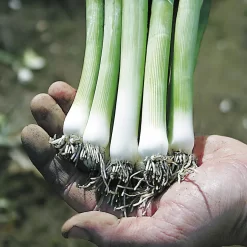
Reviews
There are no reviews yet.